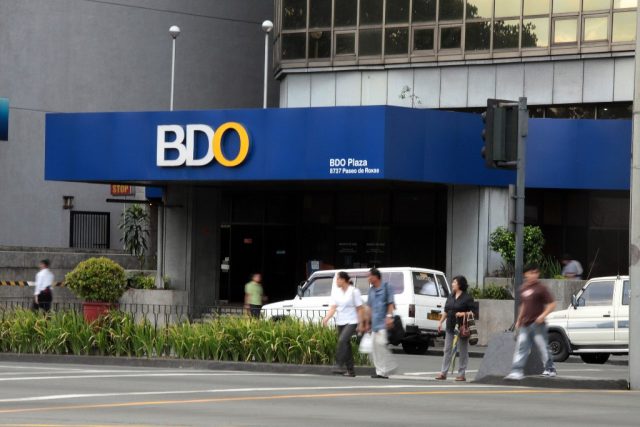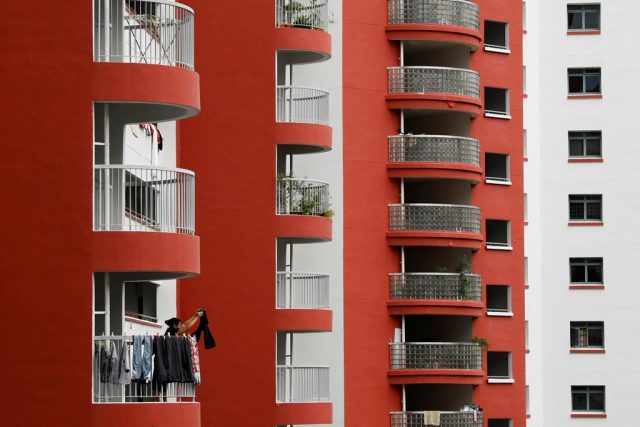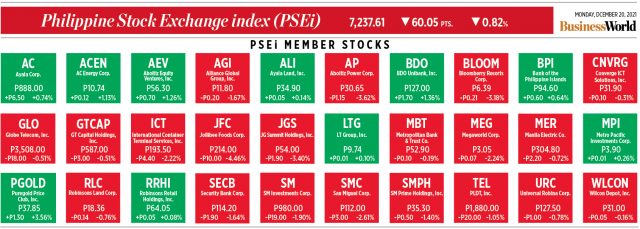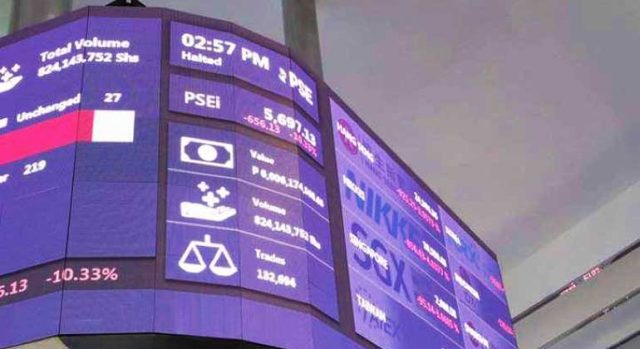BDO looking to raise at least P5B via sustainability bonds
BDO Unibank, Inc. plans to raise at least P5 billion via an issuance of peso-denominated fixed-rate sustainability bonds, the lender said on Monday.
The issuance would have an indicative tenor of two years, while the offer period will run from Jan. 10 to Jan. 21, 2022, BDO said in a disclosure to the local bourse on Monday. The listing date will be on Jan. 28, 2022.
The offer will mark the third issuance out of the bank’s P365-billion bond program.
“This is the first time that the bank will be issuing a peso-denominated sustainability bond to both institutional and retail investors,” BDO said.
BDO said the net proceeds from the issuance will be used to diversify the bank’s funding sources and finance assets under its sustainable finance framework.
The bank set a minimum investment amount of P500,000 for the papers, with additional increments of P100,000 thereafter.
BDO said it reserves the right to change the terms and timeline of the issuance.
Standard Chartered Bank is the sole arranger of the bond offer. It will also be a selling agent along with BDO and BDO Private Bank, Inc. Meanwhile, BDO Capital & Investment Corp. is the financial advisor for the issue.
The issuance qualifies as an ASEAN sustainability bond under the standards set by the Association of Southeast Asian Nations (ASEAN). The proceeds of these issuances must be used to finance projects with environmental and social benefits.
According to the Securities and Exchange Commission, the ASEAN sustainability bond standards were developed for transparency and consistency, helping investors make informed decisions and reducing due diligence costs.
The Finance department and the Bangko Sentral ng Pilipinas in October released a sustainable finance roadmap, which seeks to bridge policy and regulatory gaps in promoting sustainable investments.
The Philippine roadmap is aligned with Southeast Asian standards for green bonds along with other international green finance standards.
BDO in 2017 issued a $150-million green bond with the International Finance Corp. as the sole investor.
The bank’s net earnings in the July to September period went down by 10.6% to P11.033 billion from P12.346 billion a year earlier.
This brought BDO’s net income for the first nine months to P32.484 billion, jumping by 95.7% from the P16.598 billion logged in the same period in 2020.
BDO shares closed at P127 apiece on Monday, up by P1.70 or 1.36%. — J.P. Ibañez








![[OPEN FINANCE PHOTO]BSP.20180907.25](https://www.bworldonline.com/wp-content/uploads/2021/12/OPEN-FINANCE-PHOTOBSP.20180907.25-640x482.jpg)

![[MERALCO]26e7ea8940a31a8a7875709c02df175282c9f650](https://www.bworldonline.com/wp-content/uploads/2021/12/MERALCO26e7ea8940a31a8a7875709c02df175282c9f650-640x360.jpg)








![[CHINA BANK PHOTO]money-g5f7fb1fd4_1920](https://www.bworldonline.com/wp-content/uploads/2021/12/CHINA-BANK-PHOTOmoney-g5f7fb1fd4_1920-640x480.jpg)



